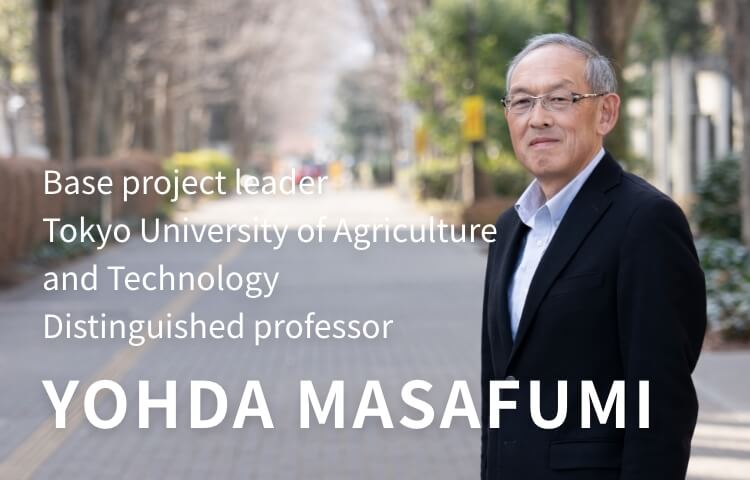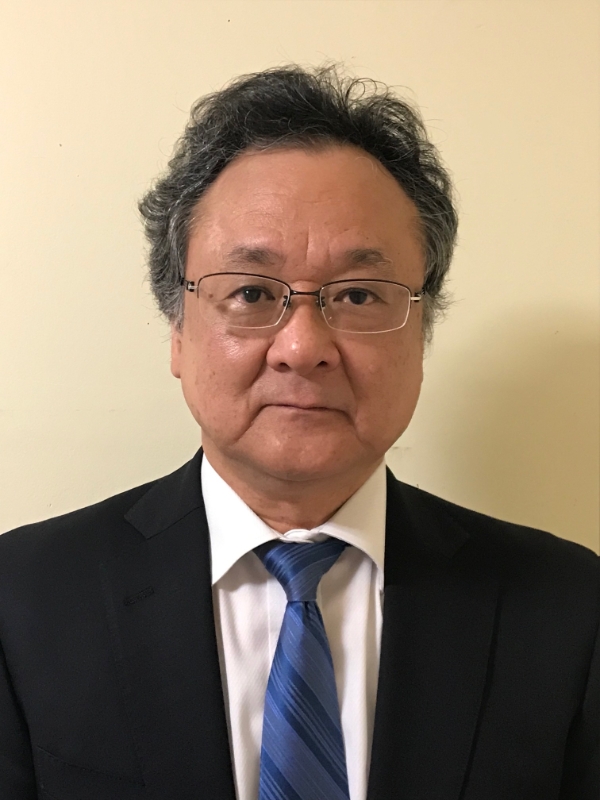

The 21st Century Industrial Revolution: Advancing from a Carbon Hunting to a Carbon Cultivation Society.
We depend on carbon fixed by plants through photosynthesis for most of the food, energy, and materials necessary for life. Humans transformed from a hunting society to a cultivating society by inventing agriculture and succeeded in acquiring large amounts of food. Modern society, however, is still a carbon hunting society, dependent on fossil fuels--carbon resources fixed in the earth in ancient times--for its energy and materials. The opening of the Pandora’s box of fossil fuels has brought about the disaster of global warming due to the increase in CO₂ in exchange for the development of our current civilization.
Global CO₂ fixation is possible only through photosynthesis. However, the amount of CO₂ fixed by agriculture and other means is limited compared to the amount of emissions, and the fixed carbon is not effectively used. The amount of CO₂ fixed by agriculture and forests in Japan is less than one tenth the emission amount. What's more, the carbon fixed in agriculture is consumed as food, and much of it is not being effectively used. Carbon fixed in forests is also abandoned except for use as wood and paper. Creating new technologies and societies for tackling these issues is an urgent need.
Although solar, wind, and hydroelectric power generation can provide energy cultivation without carbon, carbon cycling through carbon cultivation using biomass is essential because we will continue to depend on carbon for fuels and materials. Carbon cultivation is the only way to capture CO₂ released into the atmosphere. The challenge we are taking on is realizing an industrial revolution from a carbon hunting to a carbon cultivation society.
Aims
The essence of carbon cultivation is the active production, value creation, and recycling/reuse of biomass. The Hub aims to give biomass carbon-negative characteristics by developing cultivation methods that greatly increase the amounts of fixed and accumulated carbon in biomass. A further aim is to strongly promote creation of high added value of biomass, leading to the full conversion of land that was abandoned and underutilized for economic reasons into land for biomass production.
To realize carbon cultivation, it is essential to increase the production of biomass. However, Japan has a limited area of land under cultivation and a low food self-sufficiency rate. We will promote carbon cultivation using rice, the most mass-produced agricultural product in Japan, timber from forests that cover about 70% of the country’s land, and algae, which has great potential for Japan, since our country is surrounded by sea. First, we will establish carbon arable rice cultivation by developing rice varieties with high CO₂ fixation and biomass production capacity. This rice will also be beneficial for achieving food security in the event of a food crisis. We will create a new short-cutting cycle, high-efficiency forestry industry that prioritizes on the rate of carbon fixation. We will also establish carbon-cultivated fisheries using algae.
For example, only about 30% of the carbon fixed by rice plants becomes rice. The remaining 70% of carbon is contained in rice straw and husks. Carbon cultivation requires technology to utilize and store the fixed carbon without wasting it. Greenhouse gas emissions and chemical fertilizer consumption in rice cultivation and forestry are also major issues. We will conduct research to clarify these issues and develop technologies to reduce greenhouse gas emissions and recycle fertilizer components. Carbon cultivation requires the ollaboration of all conversion and recycling technologies across sectors from agriculture and forestry to energy and materials. We will also conduct comprehensive research and development with the aim of co-creating mutually linked technologies.
Efficient material circulation throughout a region is also necessary for the social implementation of carbon cultivation. In addition to the Tama region where we are located, we will promote R&D and business activities in various locations in Japan. This will also expand into a global hub through collaboration with Thailand, Indonesia, and other Southeast Asian countries. To enhance the value of this hub, it is also important to create value in the international market, and we aim to create and lead the global standard in new industries derived from agricultural and forestry resources. Furthermore, we will develop our existing activities to solve problems and create value in local communities, and achieve value creation and industrial collaboration that can spread to the international community. In addition, through public dialogue, we will set out a vision for a resource-recycling society. In particular, the hub will be responsible for developing technological seeds and human resources, introducing private-sector funding, and establishing partnerships for the creation of next-generation industries. It will serve as a hub for value creation in practice.
Project Leader
Professor
Tokyo University of Agriculture and Technology
Masafumi Yohda

Deputy Project Leader
Yoshinori Sato
Professor, Tokyo University of Agriculture and Technology
I majored in polymer chemistry at university, and after joining Mitsubishi Chemical Industries (now Mitsubishi Chemical Corporation), I was engaged in research and development of plastic films. I was later involved in businesses related to agriculture, and it was this career that led me to participate in the activities of this center. After retiring from Mitsubishi Chemical Corporation, I continued my activities at TUAT as the deputy project leader of the center. Carbon Cultivation is a powerful theme that can take advantage of Japan's strengths in rice, woody biomass, and algae, as well as TUAT's technological expertise. Carbon negative is an extremely high goal, but we will focus on promoting the project to make it a reality.
